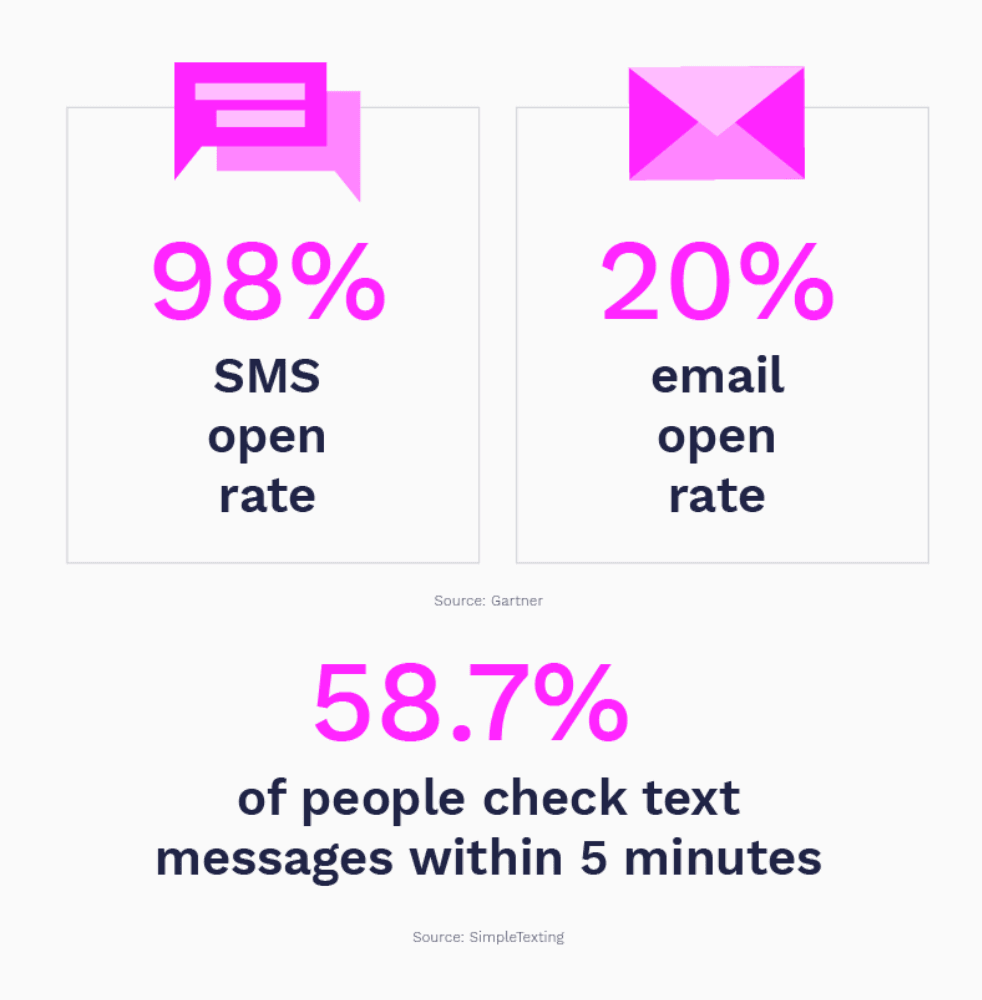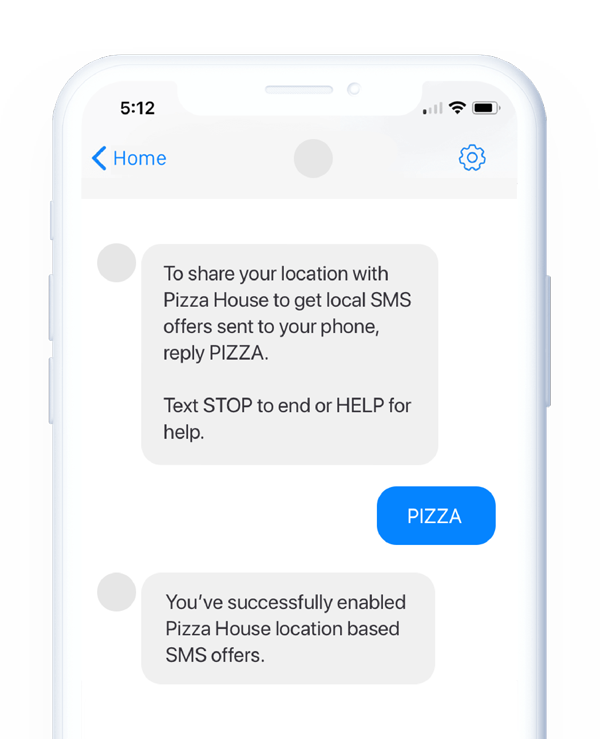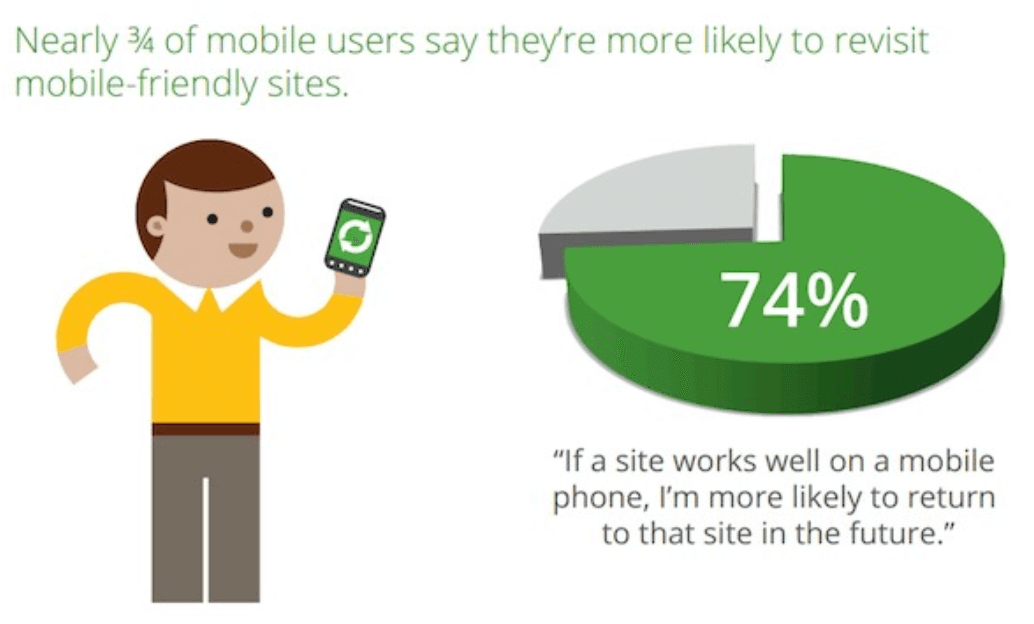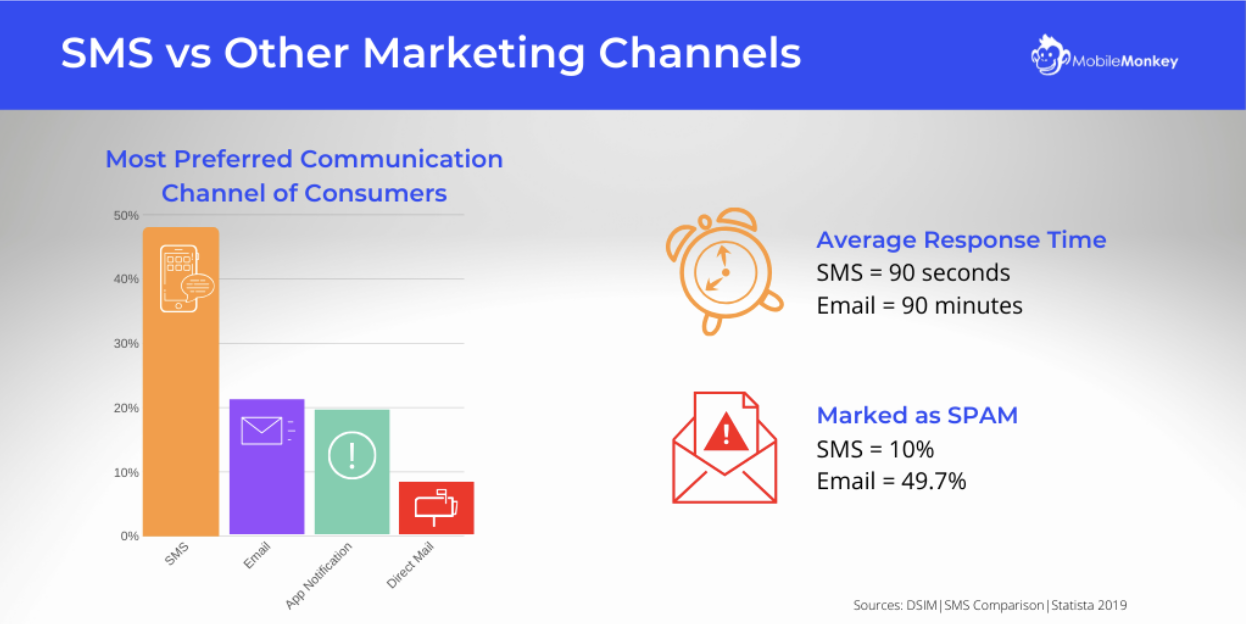Table of Contents
QUICK SUMMARY:
SMS text messaging marketing are promotional texts sent directly to customers' phones. It's highly effective because people rarely ignore texts. When done right, it boosts brand awareness, sales, and engagement. Avoiding common mistakes is key for success. This guide shares common errors and provides strategies to create effective SMS campaigns for clients.
In today's digital world, we are all subject to an endless barrage of ads and marketing messages. In fact, it's hard to go a full hour without receiving some kind of marketing message while browsing the internet, watching videos, checking social media, or reading emails, Over time, we develop a system to tune out the noise. Emails are sent to the trash unread (or filtered into a SPAM folder) and pop-up notifications are unceremoniously swiped away.
Cue text messages. SMS (Short Message Service) has an impossible click-through rate because it’s much harder to ignore that familiar ping when a message comes in. When executed properly, agencies can deliver surprising results to their clients.
Read on to learn how to put your marketing agency’s best foot forward and become a champion of SMS marketing.
What Is SMS Marketing?
With SMS marketing, businesses contact their customers directly through text messages. Agencies can retain customers or attract prospects with messages that help improve brand awareness, generate sales, and boost engagement.
However, since text messages have a particular familiarity, it’s easy for marketing agencies to slip into some common marketing mistakes. Lack of knowledge or an unwillingness to adhere to best practices in SMS marketing is usually to blame.
These bad practices can lead to serious long-term consequences for your clients’ businesses. SMS is a valuable medium for contacting customers, but there is a fine margin of error. Your agency needs to consider smart strategies such as putting a robust security system in place to avoid a data breach as a great starting point to enjoy the many benefits.
What Are the Benefits of SMS Marketing?
Though the click-through rates are high, how effective is SMS marketing, really? First, the open rates for SMS are worth mentioning again. Statistics show a whooping 98% open rate that puts other marketing channels to shame.

Text messages also happen to be among the most preferred forms of communication for many mobile users.
But the benefits of SMS marketing don’t start and end at open rates alone, marketing messages also have high response rates. High response rates typically mean more sales for your clients.
Response rates are an excellent way to measure the effectiveness of your SMS marketing messages. Messages with low response rates can quickly be adjusted or rewritten for better results.
Customer experience data analytics will help your agency track response rates to pinpoint what you’re getting right.
Mobile marketing redefines speed. Once you hit send on that text message, the recipient gets it immediately. This allows you to maximize exposure for time-sensitive messages such as event promotions or flash sales.
With the right application, SMS/text marketing can transform your marketing efforts. It’s worth investing in the correct strategy and knowing what mistakes to avoid.
10 SMS/Text Marketing Mistakes to Avoid
Here are some of the common SMS/text message marketing mistakes to avoid. Look out for the following before hitting that send button:
1. Omitting a Call to Action
Having a clear Call to Action (CTA) is among the most crucial elements of SMS marketing, or any marketing channel for that matter. This is where you let customers know the next step to take. CTAs communicate the purpose or end goal of the message.
Unless your SMS is informational or branding focused, failing to include this means the message is wasted on the reader. Without clear guidance on the next step, most users will simply walk away from your client’s brand. Which, in the SMS world, is as simple as putting their phone back in their pocket. Your message would have failed to provide value.
Always include a clear CTA, preferably in the middle of your text, that leads the customer to relevant pages and solutions that they need.

2. Choosing the Wrong SMS Encoding
The appearance of marketing materials is another crucial part of sending a clear message. It will determine the letters and characters that are used in your message as it presents marketing information in the most effective, digestible way.
The default encoding is GSM7. This encoding type has the common symbols and letters of many languages.
The UCS-2 encoding type includes several special characters and simple or complex emojis.
Choosing the wrong encoding will make the message look unpleasant and hard to read. For example, using common emojis or special characters with the GSM7 encoding can be confusing for readers. They will be displayed as neutral symbols like empty boxes or squares.
3. Messaging Without Consent
This is the holy grail of SMS marketing. This is one mistake your agency cannot afford to make. If you want to reach your clients’ customers via text messages, then you need their permission to do so.
The Telephone Consumer Protection Act (TCPA) requires people sending marketing messages to other users to get consent first. Consent can be written or digital.
This is a fantastic opportunity for your agency to tap into first-party data, such as preferred contact method, to let potential customers choose whether or not your client communicates with them via SMS.
4. Not Providing a Clear Opt-out Option

Providing a clear opt-out option for customers is just as important as obtaining consent before messaging them. It is similar to including the ‘unsubscribe’ option in email marketing. You face serious consequences if you do not include this in your messages.
Make sure customers can easily access this option when drafting your SMS marketing campaign. It’s much better to lose a few subscribers than to be blacklisted.
5. Unclear Branding
Poor brand identification is one mistake you should not make in SMS marketing. Random texts don’t build trust or encourage your customers to act on your offers. Messages lacking clear identification of your client’s brand will likely be regarded as spam.
Ensure that customers recognize your client’s brand immediately when they open the message. This helps improve your response rates and build meaningful relationships.
6. Using Abbreviations and Slang
You have a limited number of characters to pass your message across. Don’t waste them by filling up the message with hard-to-understand abbreviations and jargon. Use the limited space wisely.
Plus, not all users will understand abbreviations and slang, even if you’re mainly marketing to Gen Z. Using slang in your messages could confuse your readers instead of informing them. If the reader can’t understand the message, it will likely be ignored.
And if you are going to use any abbreviations or slang, make sure you absolutely understand the definition. There are some simple ones, such as LOL, but others have different meanings to different users and you could accidentally offend your client’s customers if you use the wrong terminology.
7. Using the Same Message in Different Mediums
Many brands are guilty of using the same message in both emails and SMS as a means of saving time and effort. Don’t be a part of this group.
The different marketing channels are better suited to different types of messages. Each one has advantages that the others might not offer. It is possible that using one message across all the platforms will negatively impact the effectiveness of your marketing efforts.
8. Being Too Salesy
Nobody likes being hounded to make a purchase. Try motivating the buyer with more relatable techniques like this.
People tend to dislike constant messaging that tries to force them into buying something. Even if the main goal of your marketing campaign is to make a sale, you must not be too obvious about it. Use a friendly tone and keep your tone conversational throughout the message.
9. Not Personalizing the Message
Customers love to feel included and recognized. Avoid sending the same message to all your customers. You are more likely to record better results when the message is tailored to the individual reading it.
If you have a really long list of customers to contact and can’t personalize every sentence, include their names to get their attention.
Use tools like real-time streaming analytics to collect data for analysis. Add info from their interests, purchase habits, previous interactions, and personal information to make the message unique for each reader.
Personalizing messages with info about the individual will make the message more relevant to the reader. This increases the likelihood of getting a response or making a sale.
10. Linking to Pages That Are Not Mobile-friendly
You must consider website accessibility when including links in text messages. Avoid situations where readers click a link and land on a page with overstretched or unreadable content. Pages filled with lots of graphics could also have slow loading times and discourage prospects.
Your offer might be the best in the market, but if your client’s customer experience isn’t great, they will lose customers.

Ensure that all pages you provide links to are optimized for mobile use. The ideal page should use a readable font, and reasonable contrast, be available in light and dark mode, and have fast loading speeds.
What Are the Best Practices in SMS/Text Marketing?
It’s crucial to avoid the common mistakes in SMS/text marketing to get the best results from your campaign. You should also consider the following best practices to up your game:
1. Keep It Brief and Relevant
Tools like omnichannel retail software can improve your knowledge of your customers. This helps you craft brief messages that provide meaning using as few words as possible. Including irrelevant content can push prospects with low attention spans straight into the hands of the competition.
2. Identify Your Purpose
The purpose behind your message should connect to both the short, and long-term, goals of your client’s brand. Reflect on the 'Why' of using this particular marketing channel over others and let that guide the content you share.
3. Use Great Content
SMS remains the communication medium of choice for millions of users. You must pay attention to the content you use in messages.

The text and images in your messages should inspire prospects and existing customers alike to take action. Your content should nudge the reader gently, but firmly, in the direction you need them to go.
Small details like uploading images in the right format and even efforts to speed up phone app performance influence the customer’s journey with your brand.
Whether it’s towards a sale, subscription, or getting shares, optimize the customer’s experience to get the best results.
4. Pay Attention to Quantity and Timing
Timing is critical in text messaging. Consider the fact that your clients’ customers may live in timezones different from yours. No matter how relevant, few people will appreciate being disturbed at night.
Remember to keep the quantity to a minimum. Overindulgence can lead to customers ignoring or opting out of your messages.
Text Your Way Into Customers' Hearts
SMS marketing can revolutionize your client’s business. You must be careful, however, that you don’t fall victim to common errors. Use the recommendations discussed here to guide your campaign efforts.
Putting in the effort to use the right approach and practice will help you boost engagement rates and give your marketing agency, and& your clients, that edge over the competition.
A well-planned SMS marketing campaign will help your clients build meaningful relationships with their audience and put the spice back into their business.

Written by
Patty is the EMEA Product Marketing Manager for RingCentral Office, the leader in cloud communications solutions. She gained a wealth of international product marketing, product management, GTM and market development experience, across a range of high-tech SaaS in a fast-paced, hyper-growth environment that assumes both strategic and tactical execution.
See how 7,000+ marketing agencies help clients win
Free 14-day trial. No credit card required.






